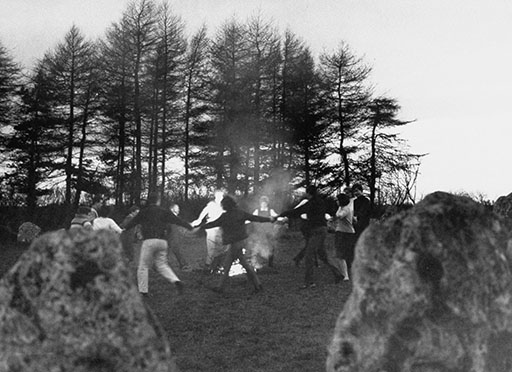3 Wicca and Paganism
We are probably all very familiar today with the image of witches – sometimes dubbed ‘white witches’ – from popular movies like The Craft, TV shows like Sabrina and the Harry Potter novels. It’s hard to believe that the Witchcraft Act, which made it illegal to practice witchcraft, was only repealed in 1951, when it was replaced by the Fraudulent Mediums Act [Tip: hold Ctrl and click a link to open it in a new tab. (Hide tip)] . Since then, Wicca and other modern forms of witchcraft have become popular worldwide, and the historian of Paganism, Ronald Hutton, has famously described Wicca as ‘the only religion which England has ever given to the world’ (1999, p. vii).

In this section, you are going to follow Wicca from its emergence (or re-emergence), through its growth and formalisation through the 1960s, and later developments including the connection with feminism and the growth of an international Neopagan movement. Importantly, you'll see that despite deliberately challenging Christian tropes, Wicca embodies similar patterns of seekership, authenticity, renewal and expressive individualism as the Charismatic Christian groups discussed in the introduction.
